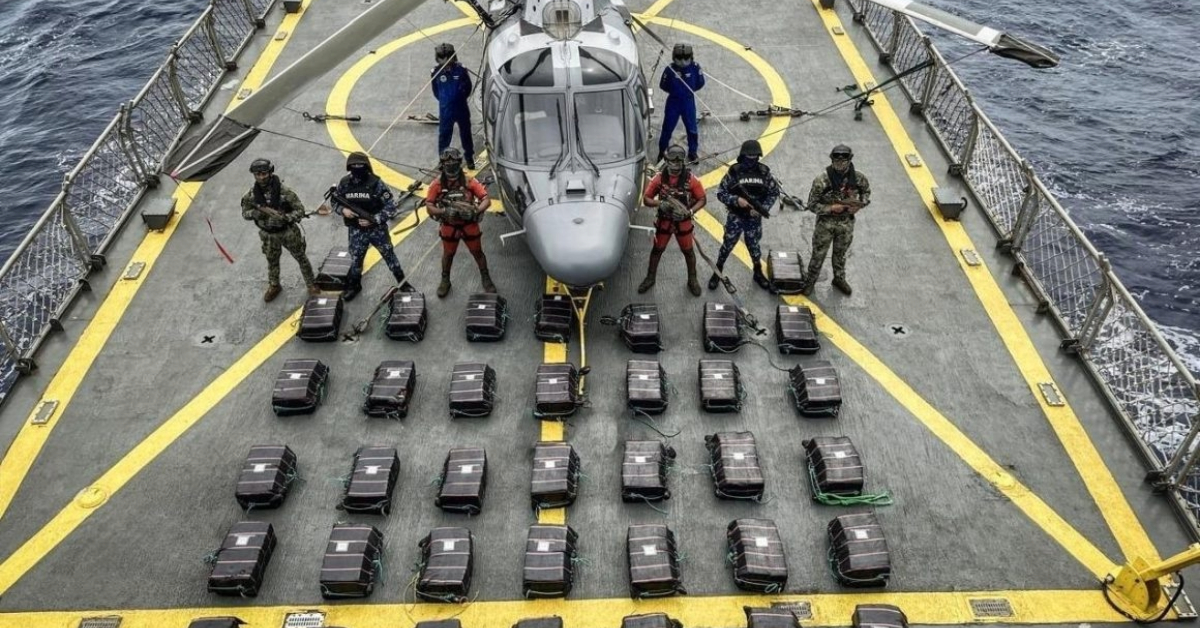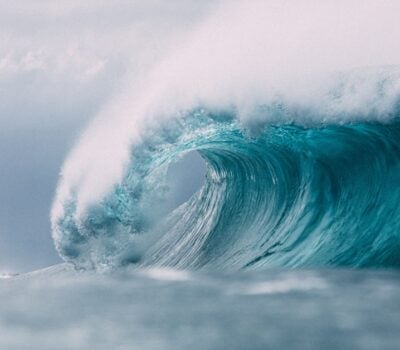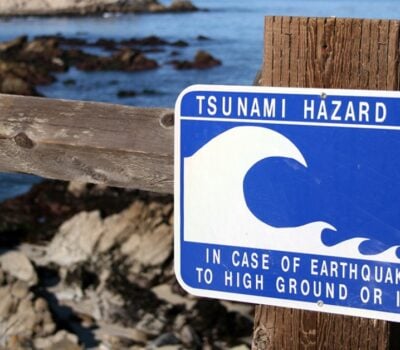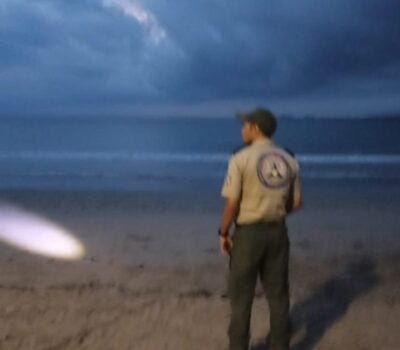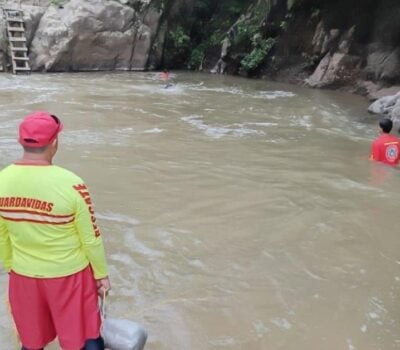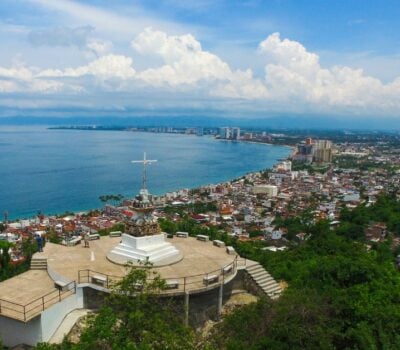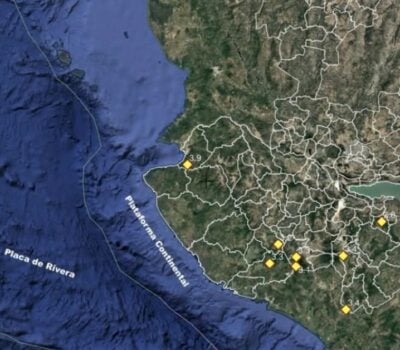The cocaine seizure off the coast of Guerrero involved Mexican navy operations that intercepted 1,112 kg of cocaine off the coast, averting distribution of over 2 million doses.
Mexican navy and federal forces intercepted 1,112 kilograms of suspected cocaine during a coordinated maritime operation off Guerrero’s coast. The haul, packed inside 37 floating bundles, represents a significant blow to trafficking routes along Mexico’s Pacific shoreline.
The operation brought together ships from the Mexican Navy’s Coast Guard, aircraft from the Navy’s air wing, and units from the Secretariat of National Defense, the Attorney General’s Office (FGR), the National Guard and the Secretariat of Security and Citizen Protection. Commanders dispatched patrol boats and surveillance aircraft after intelligence pinpointed suspicious activity in Mexico’s territorial waters.
Crews spotted the bundles during routine sea and air patrols aimed at enforcing the rule of law in Mexican marine zones. Sailors recovered each package by bringing it aboard naval vessels, then transferred the cargo to federal agents for inspection and weighing.
Authorities estimate the shipment’s street value at around 263 million pesos and calculate it would have yielded some 2,223,760 doses of cocaine for distribution. By halting the shipment, security forces averted a potential flood of narcotics into domestic and international criminal markets.
With this seizure, federal agencies have removed just over 41 metric tons of cocaine from Mexican waters since the current administration took office. Naval commanders highlight this figure as evidence of sustained pressure on maritime trafficking channels.
Officials say these patrols form part of an ongoing national strategy that combines sea, air and land operations to deter organized crime and protect coastal communities. They pledge to maintain vigilance along all maritime corridors, from the Baja Peninsula to the Gulf of Mexico.
Residents along Guerrero’s shoreline have noted an uptick in naval presence over the past year. Local business owners report that increased security patrols have helped stabilize port activity and reassure coastal communities worried about spillover from inland cartel clashes.
Federal authorities plan to expand aerial surveillance sweeps in the coming months, using drones and fixed-wing aircraft to track suspicious vessels farther offshore. They also aim to strengthen coordination with regional navies and international partners to disrupt transnational smuggling networks.
As the Mexican navy and its partners continue these operations, they remind mariners of their duty to report unflagged or suspicious watercraft immediately. Citizens can dial authorized hotlines or use the navy’s mobile app to relay real-time tips and help safeguard Mexico’s seas.


